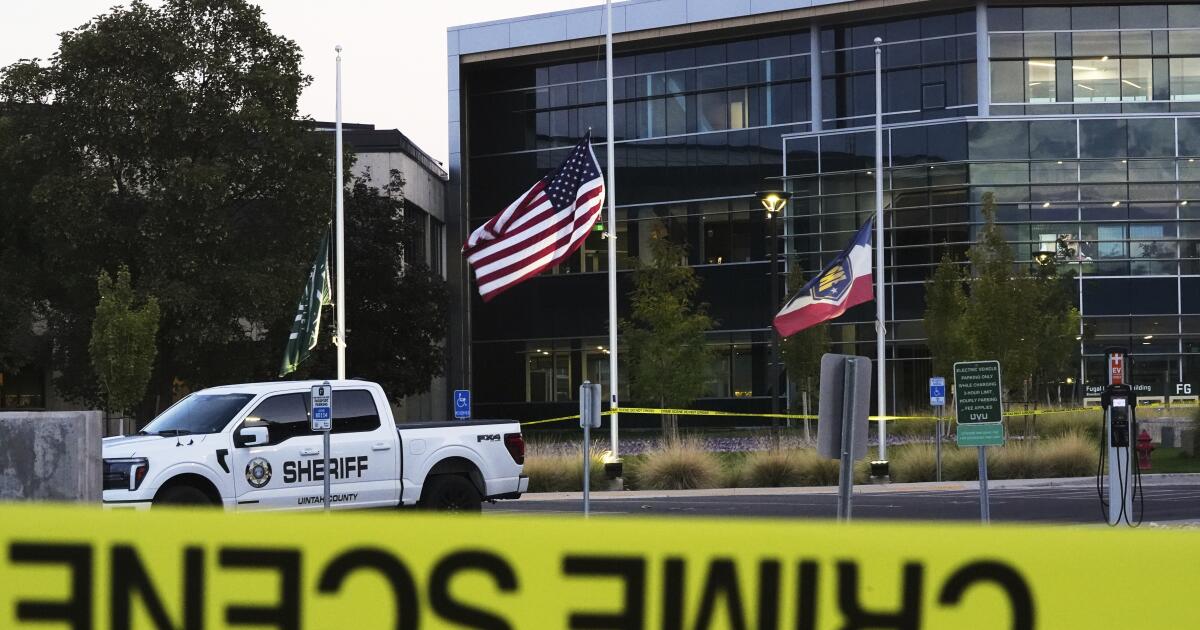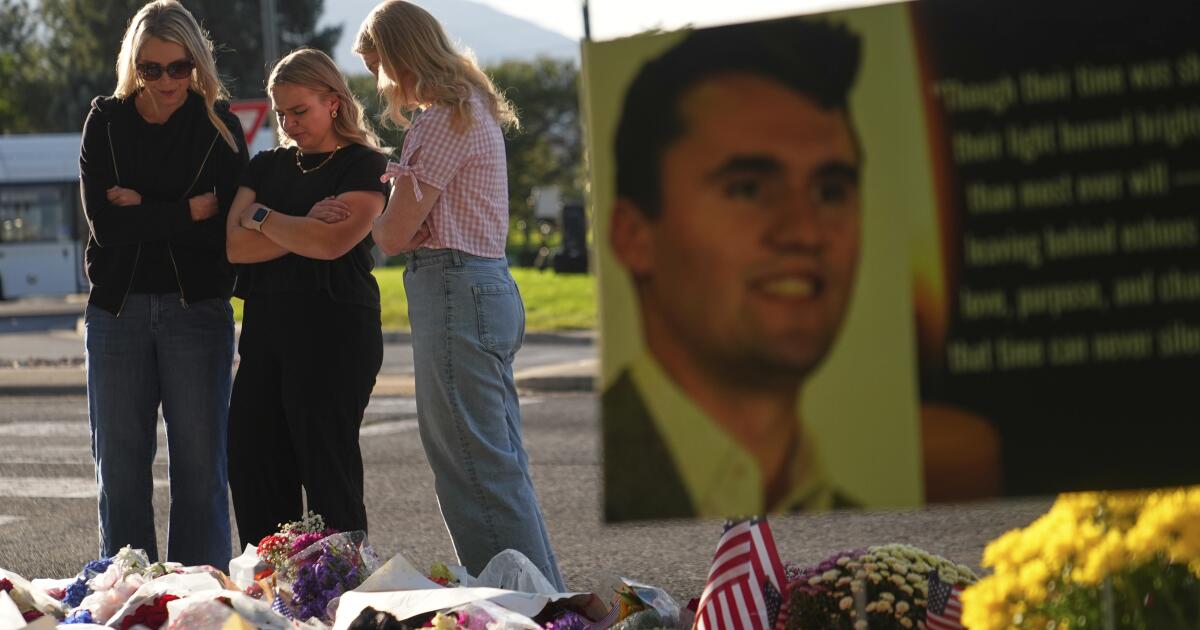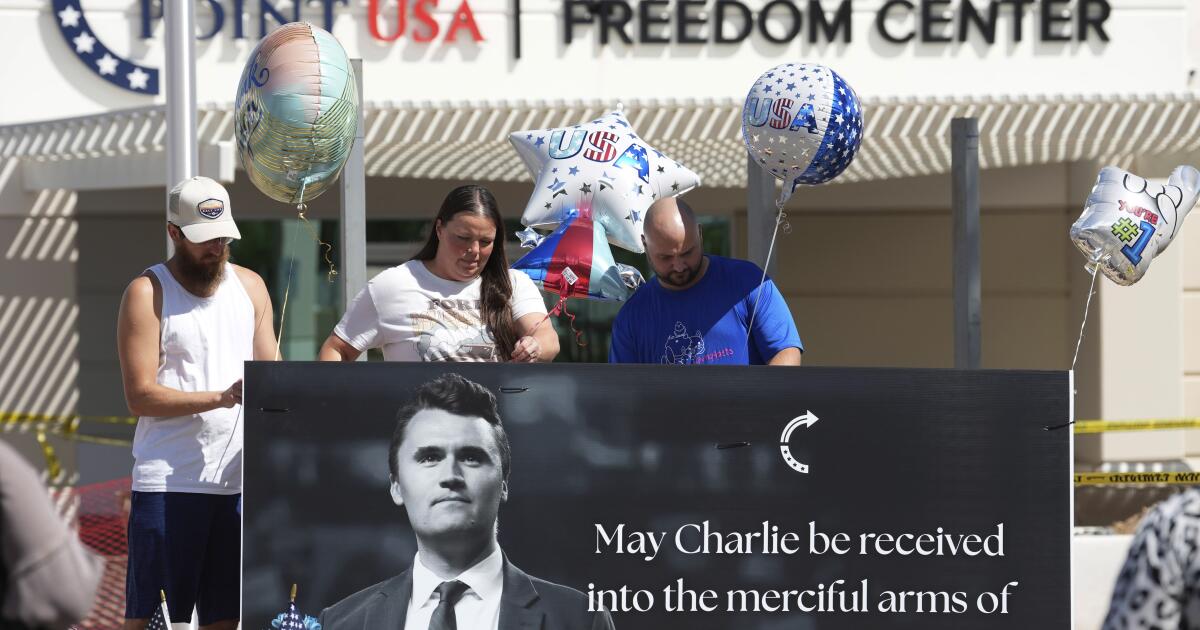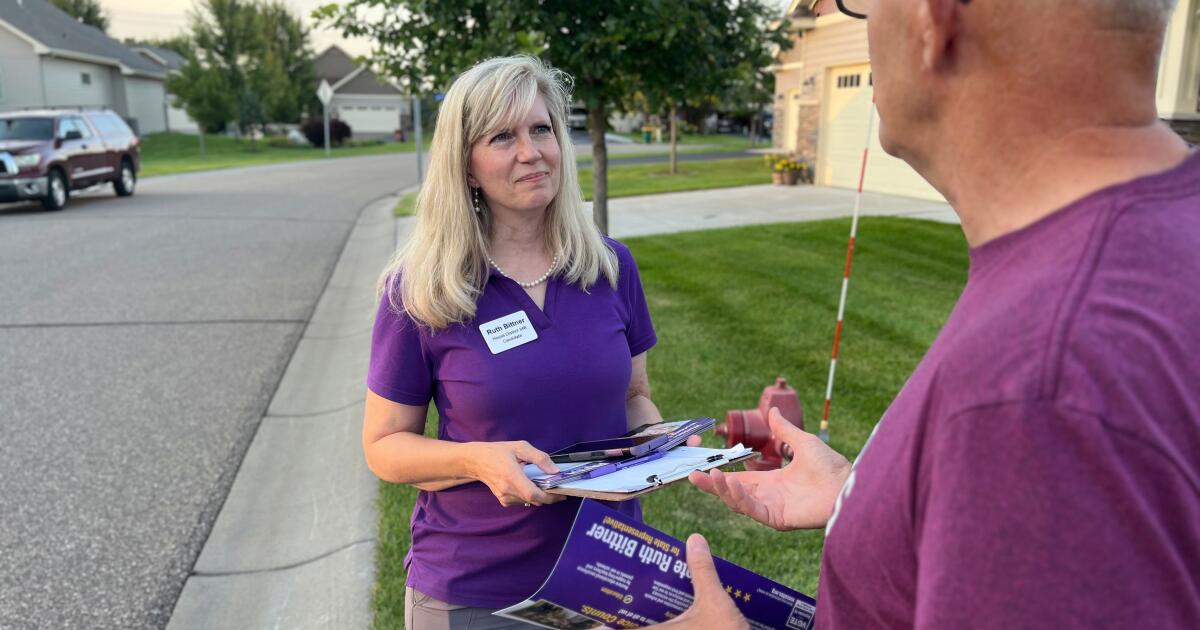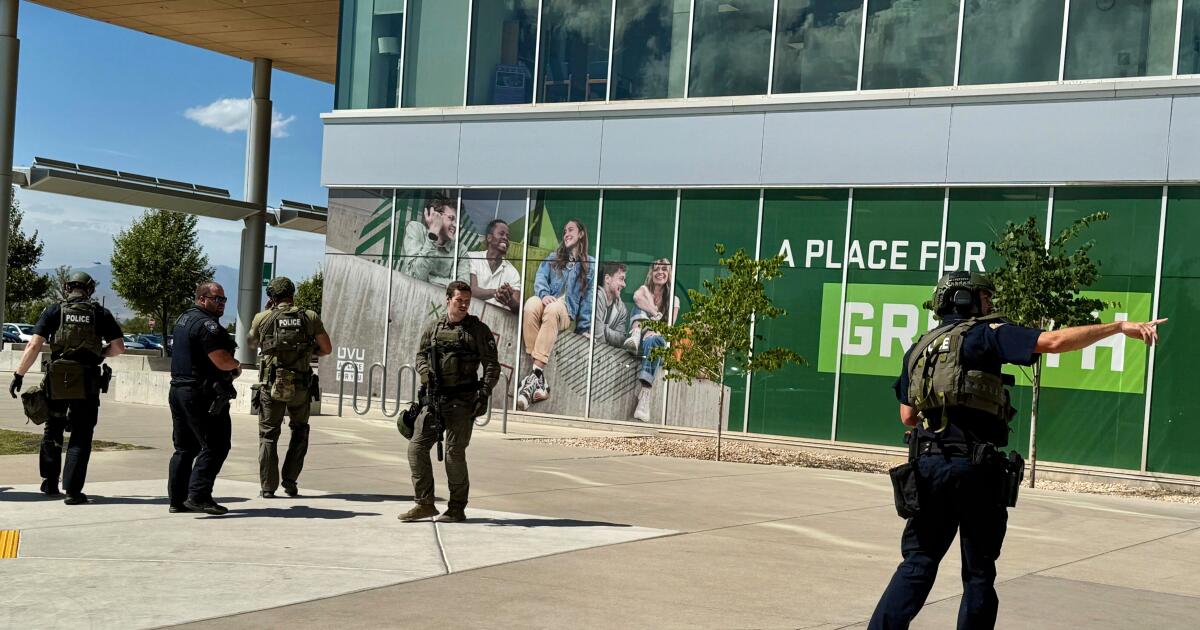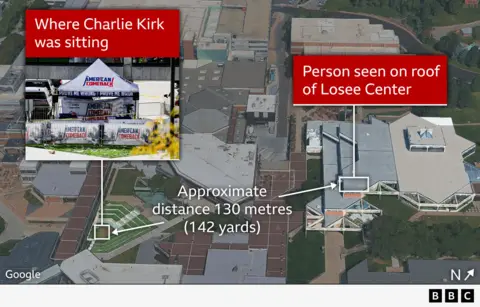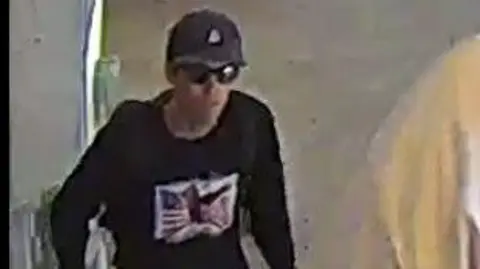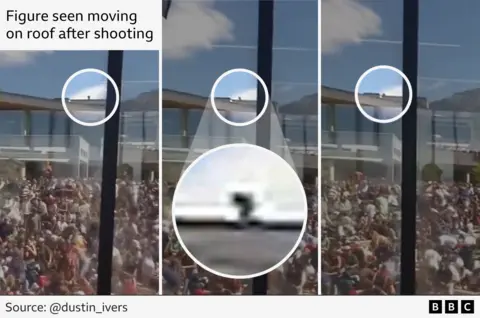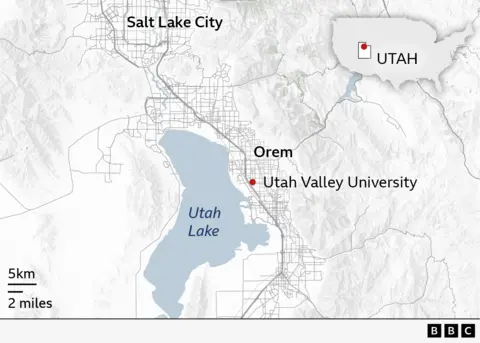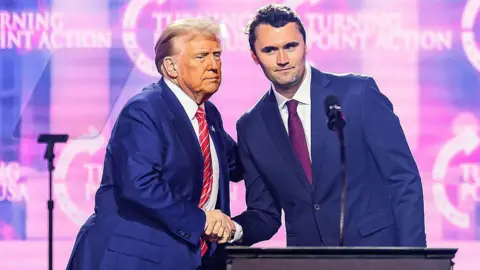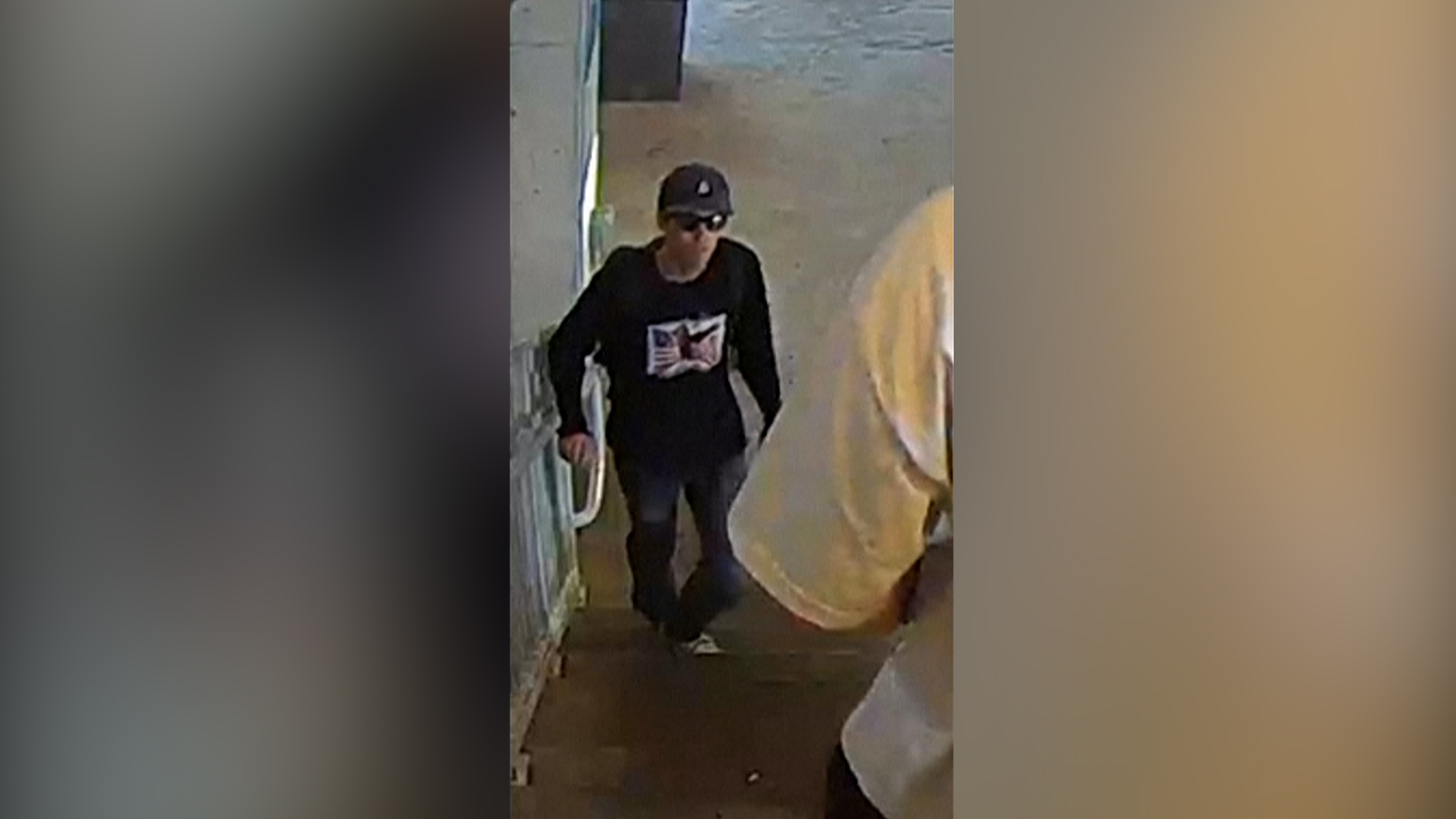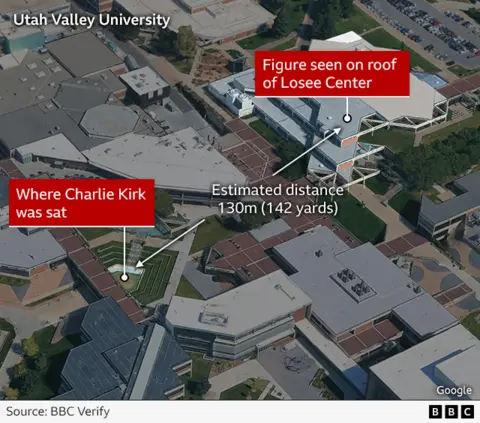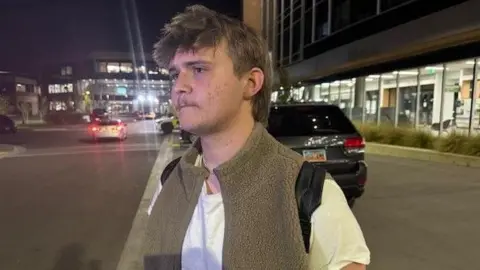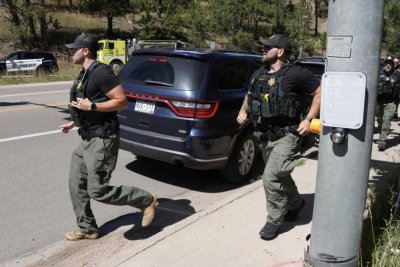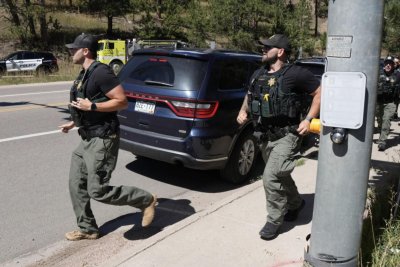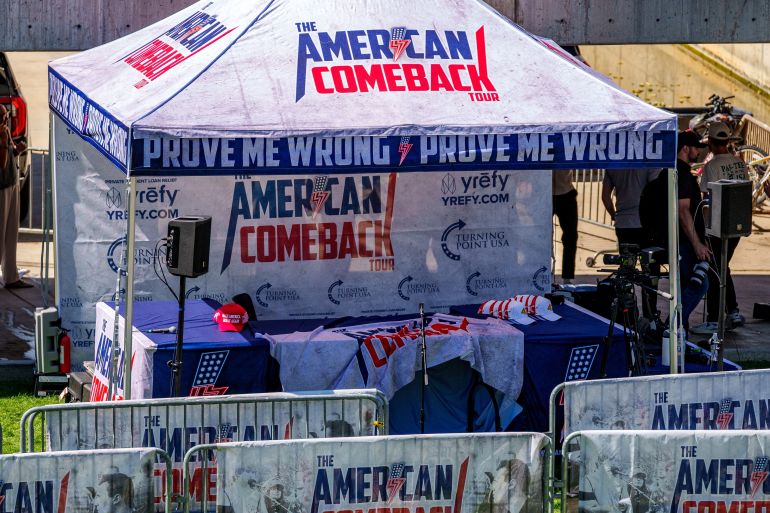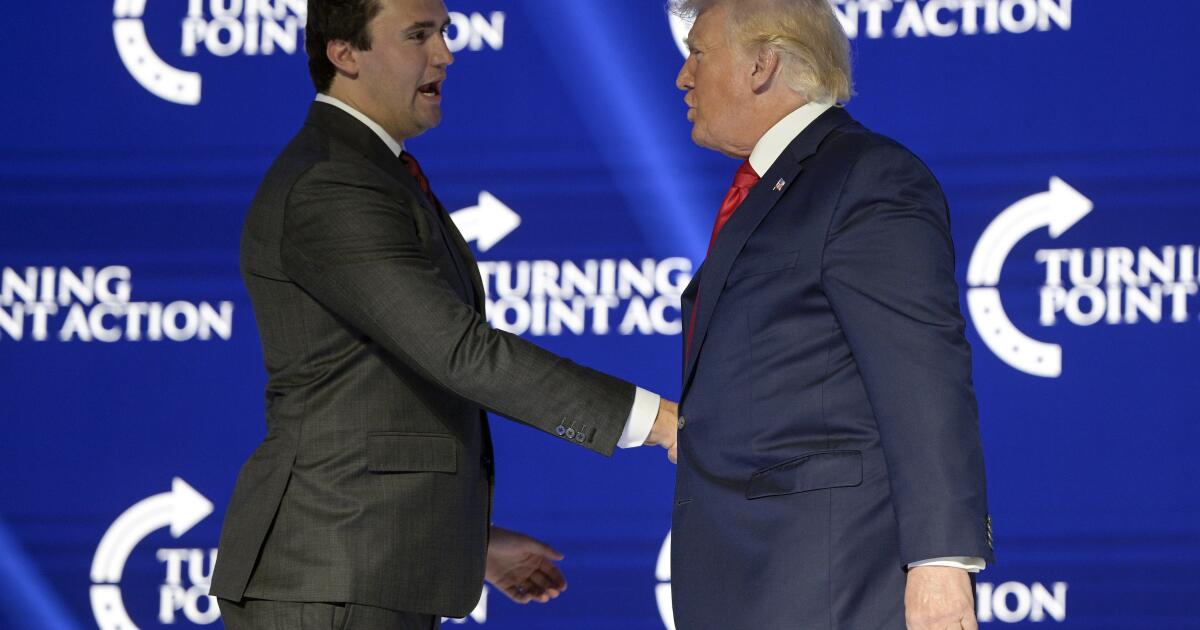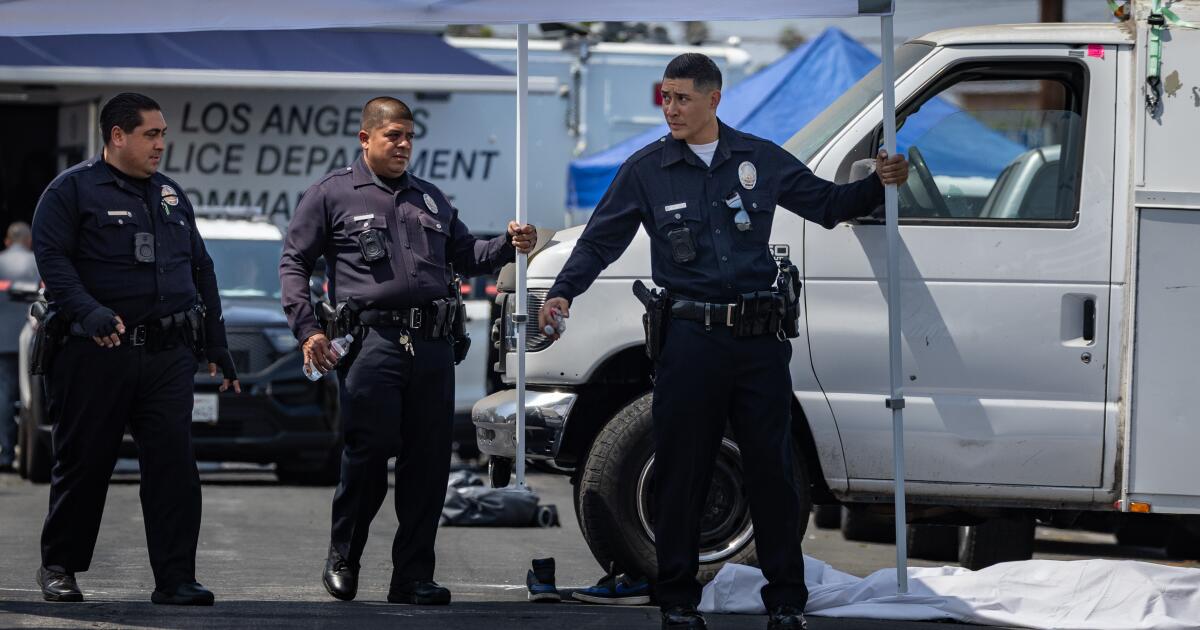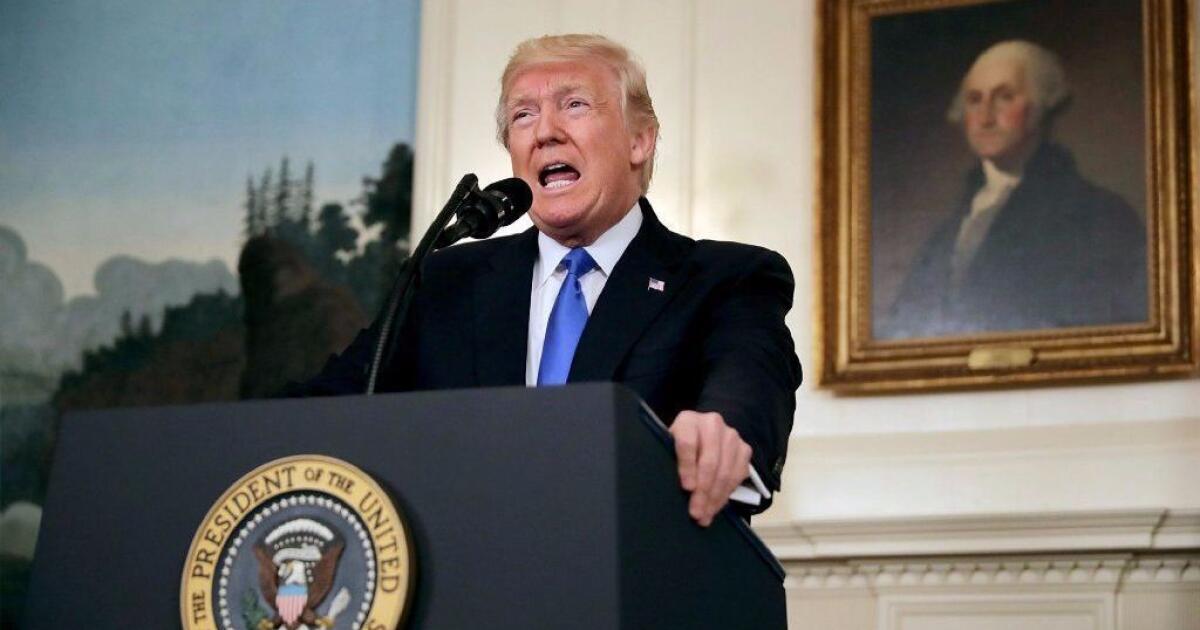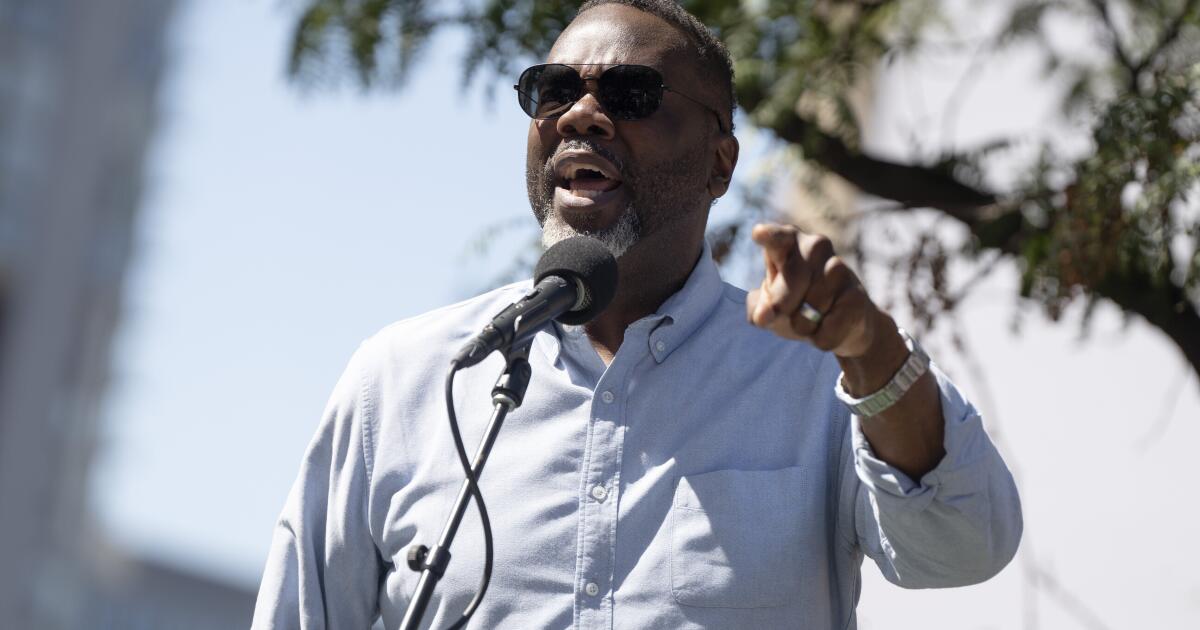Charlie Kirk’s killing fuels anti-transgender rhetoric
America’s already roiling debate around transgender rights sharply escalated in recent days after Charlie Kirk — one of the nation’s most prominent anti-transgender voices — was fatally shot by a suspect whose life and social circles have been meticulously scrutinized for any connection to the transgender community.
Taking over Kirk’s podcast Monday, top Trump administration officials suggested they are gearing up to avenge Kirk by waging war on left-leaning organizations broadly, despite law enforcement statements that the shooter is believed to have acted alone. Queer organizations took that as a direct threat.
Kirk railed against transgender rights in life, and just prior to being shot on a Utah college campus last week was answering a question about the alleged prevalence of transgender people among the nation’s mass shooters — an idea he had personally stoked, despite pushback from statistical researchers.
Those circumstances seemed to prime the resulting outrage among his conservative base to be hyper-focused on any transgender connection.
The connection was further stoked when the Wall Street Journal reported on a Bureau of Alcohol, Tobacco, Firearms and Explosives report that suggested — seemingly erroneously — that etchings on bullet casings found with the rifle suspected as being used in the shooting included transgender “ideology.”
It was further inflamed when Utah Gov. Spencer Cox said that suspect Tyler Robinson’s roommate and romantic partner — who he said was “shocked” by the shooting and cooperating with authorities — is currently transitioning.
Leading conservative influencers, some with the ear of President Trump, have openly called for a retribution campaign against transgender people and the LGBTQ+ community more broadly. Laura Loomer called transgender people a “national security threat,” said their “movement needs to be classified as a terrorist organization IMMEDIATELY,” and said that Trump should make transitioning illegal.
LGBTQ+ advocacy groups, meanwhile, have condemned such generalizations and attacks on the community and warned that such rhetoric only increases the likelihood of more political violence — particularly against transgender people and others who have been demonized for years, including by Kirk.
“The obsession with tying trans people to shootings is vile & dangerous,” state Sen. Scott Wiener (D-San Francisco), one of California’s leading LGBTQ+ voices, wrote on social media. “First they try to say the shooter might be trans & WSJ amplifies that lie. Once that fell apart, they pivot to ‘he lived with a trans person.’ Even if true, who cares? It’s McCarthyism & truly disgusting.”
Many political leaders have called for calm, and for people to wait for the investigation into the suspect’s motivations before jumping to conclusions or casting blame. Cox has said that Robinson’s political ideology, different from that of his conservative family, appeared to be “part of” what drove him to shoot Kirk, but that the exact motivations for the crime remained unclear.
“We’re all drawing lots of conclusions on how someone like this could be radicalized,” Cox said on “Meet the Press” on Sunday. “Those are important questions for us to ask and important questions for us to answer.”
Searching for a connection
Officials were expected to release charging documents against Robinson on Tuesday that could contain more information about a motive. However, the debate has hardly waited.
Both the political right and left have searched for evidence connecting Robinson to their opposing political camp.
One of the first pieces of information to catch fire was the ATF reporting on the bullet etchings including transgender “ideology” — which turned out to be untrue, according to Cox’s later description of those etchings. That reporting immediately inspired condemnations of the entire transgender community.
“Seems like per capita the radical transgender movement has to be the most violent movement anywhere in the world,” the president’s son Donald Trump Jr. said in a Rumble livestream Thursday.
On Friday morning, President Trump said “vicious and horrible” people on the left were the only ones to blame for the political violence. “They want men in women’s sports, they want transgender for everyone,” he said on “Fox & Friends.”
Trump was asked Monday afternoon if he thought the suspect acted alone.
“I can tell you he didn’t work alone on the internet because it seems that he became radicalized on the internet,” Trump said in the Oval Office. “And he was radicalized on the left, he is a left. A lot of problems with the left and they get protected and they shouldn’t be protected.”
The ATF declined to comment on the leaked report. The Wall Street Journal published an editor’s note walking back its reporting, noting that Cox’s description of the etchings included no references to the transgender community.
The Human Rights Campaign, a leading LGBTQ+ advocacy group, responded to the uproar by criticizing the Wall Street Journal for publishing unsubstantiated claims that fueled hateful rhetoric toward the transgender community.
“This reporting was reckless and irresponsible, and it led to a wave of threats against the trans community from right-wing influencers — and a resulting wave of terror for a community that is already living in fear,” the group said.
Spreading the narrative
The debate has heightened existing tensions around transgender rights, which Trump campaigned against and targeted with one of his first official acts — an executive order that said his administration would recognize only “two genders, male and female.”
He and his administration have since banned transgender people from military service, blocked the issuance of U.S. passports with the gender-neutral X marker, threatened medical providers of gender-affirming care for minors, and sued California for allowing transgender athletes to compete in youth sports.
In September, the Department of Justice also reportedly began weighing a rule that would restrict transgender individuals from owning firearms — a move that came after a shooter who identified as transgender killed two children and injured 18 others at a Catholic school in Minneapolis.
That shooting led prominent conservatives, including senior Trump administration officials, to link gender identity to violence. National security advisor Sebastian Gorka claimed that an “inordinately high” number of attacks have been linked to “individuals who are confused about their gender” — a trend he claimed stretched back to at least 2023, when a transgender suspect shot and killed three children and three adults at a Nashville Christian school.
After that shooting, Trump Jr. had said that “rather than talking about guns, we should be talking about lunatics pushing their gender-affirming bull— on our kids,” and Vice President JD Vance, then a senator, had said that “giving in” to ideas on transgender identities was “dangerous.”
After it was reported that Robinson’s partner is transitioning, Matt Walsh, a right-wing political commentator, wrote on X that “trans militants” pose a “very serious” threat to the country. Billionaire Elon Musk agreed, saying it was a “massive problem.”
Many in the LGBTQ+ community have strenuously pushed back against such claims, noting research showing most shootings are committed by cisgender men.
The Violence Prevention Project at Hamline University has found that the majority of shootings where four or more people were wounded in public were by men, and less than 1% of such shootings in the last decade were by transgender people.
An analysis by PolitiFact found that data do not show claims that transgender people are more prone to violence, and that “trans people are more likely to be victims of violence than their cisgender peers.”
A legacy amplified
Kirk espoused a Christian nationalist worldview and opposed LGBTQ+ rights broadly, including same-sex marriage. He called transgender people “perverted,” the acknowledgment of transgender identities “one of the most destructive social contagions in human history,” and gender-affirming care for young people an “unimaginable evil.”
Just before he was shot at Utah Valley University, Kirk had said that “too many” transgender people were involved in shootings.
It was not the first time Kirk had addressed the issue.
Days after the 2023 shooting in Nashville, Kirk went after then-White House Press Secretary Karine Jean-Pierre for unrelated comments denouncing a wave of anti-LGBTQ+ legislation in state houses and saying the transgender community was “under attack.”
“It is the first shooting ever that I’ve seen where the shooter and the murderers get more sympathy than the actual victims,” he said, appearing to blame all transgender people for the attack.
The idea that liberals generally or members of the LGBTQ+ community specifically should be held accountable for Kirk’s killing has gained momentum in the days since. Vance and Trump advisor Stephen Miller seemed to allude to reprisals against left-leaning groups on Kirk’s podcast Monday, with Miller saying federal agencies will be rooting out a “domestic terror movement” on the left in Kirk’s name.
LGBTQ+ advocates called such rhetoric alarming — and said they worry it will be used as a pretext for the administration to ramp up its assault on LGBTQ+ rights.

